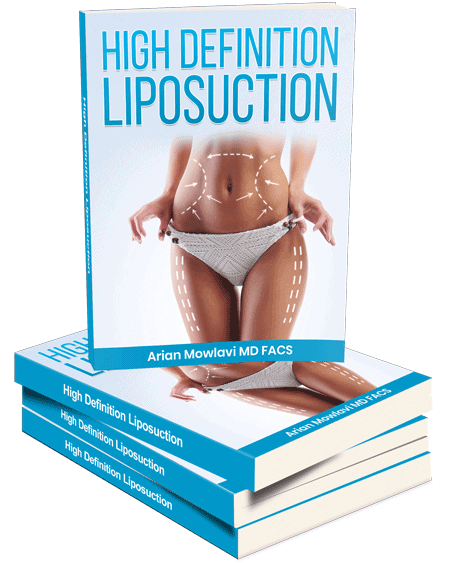



Enblock capsulectomy has become popularized for definitive treatment of breast implant illness syndrome. Breast implant illness syndrome has become evident over the last few years and describes a gamut of symptoms that range from chronic fatigue to joint pains and an assortment of autoimmune reactions such as hives, digestive tract, and allergic reactions.
It is felt that once free silicone molecules migrate out into the tissues, they react with immune cells, such as white blood cells, that trigger undesirable immune reactions.
Silicone molecule migration from out of the implant involves silicone molecule gel medium being able to cross through the solid silicone shell barrier.
This process occurs not only when there is a break or crack in the shell, termed implant rupture, but even when the shell is intact. In fact, in most breast implant illness syndrome cases, the implants are not grossly ruptured.
Enblock Capsulectomy
The process by which silicone molecules migrate through an intact silicone implant shelf involves microscopic migration of single silicone elements or 2 to 3 interlinked silicone molecules, termed silicone bleeding. Bleeding results in free silicone molecules getting outside the shell.
Once the free silicone molecules have exited the implant, the next barrier involves the breast capsule. The breast capsule is the natural scar tissue that is formed by your body to isolate the implant.
The capsule usually forms within 2 to 4 weeks following implant placement. Formation of a capsule is actually a favorable process and protects the implant from the outside environment and from implant malposition.
Fortunately, for breast implant illness syndrome patients, the capsule now forms as a sieve that can catch the silicone molecules and slow down their migration to even more distant sites. Unfortunately, it does not provide a barrier against immune cells interacting with the silicone molecules.
Yet the removal of the entire capsule, i.e. enblock capsulectomy, in addition to the implant itself, serves as the optimal means of removing 99% of free silicone molecules. Enblock capsulectomy is considered the gold standard for the treatment of breast implant illness syndrome.
When performing enblock capsulectomies, it is important to consider a breast lift to ensure that the breasts are not left deformed following lack of breast volume. Most patients elect to undergo a breast lift.
The ideal breast lift procedure that will allow for enblock capsulectomy while preserving blood flow to the nipple and areola complex is the vertical breast lift. The vertical breast lift design allows for blood flow to the nipple-areola complex while allowing optimized breast shape remodeling.
Please see this 30-year-old female who underwent a breast augmentation revision to get her desired look.


